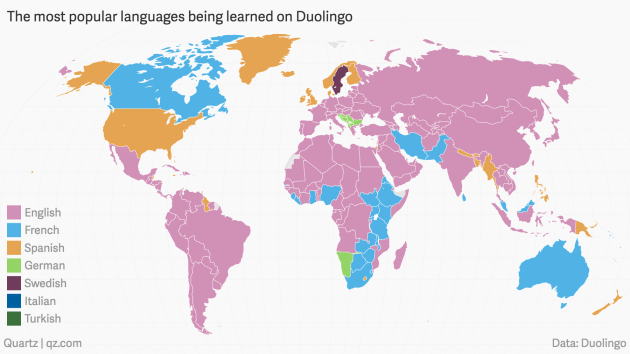Noah Smith says: “The Trump thesis is, basically, that the American experiment is over.”
What is this American experiment? Well, there are two. The first is the post-secession experiment in governance. This experiment ended in failure almost immediately, was replaced with a new one, and whatever else you might think about that government, it’s now one of the oldest on Earth.
The second, and the one Noah Smith is talking about, is the bizarre ideological innovation that the United States of America is a “nation of immigrants, where ideals and institutions matter more than race or religion.” Google Ngrams can tell you that this mutation is recent: the phrase “nation of immigrants” is essentially unused until the 20th century and only takes off in the ’60s.
In 1958, John F. Kennedy, then a senator, wrote a booklet called A Nation of Immigrants “for the One Nation Library series of the AntiDefamation League of B’nai B’rith”. He “attacked the national origins quota system as discriminatory and called for a generous, fair and flexible policy”. Kennedy lobbied for mass immigration until Lee Harvey Oswald, a Communist active in pro-Castro groups, shot him dead, possibly over the issue of Cuba. Two years later, the 1965 Immigration Act was proposed by Emanuel Celler, a pro-mass immigration ideologue from New York, and Philip Hart, the son of a banker, and helped along by Ted Kennedy.
Before 1965, the American population was 85.4% non-Hispanic white and 10.5% black. Most of America’s white population came from Western and Central Europe, especially the Germanic countries. There were some Irishmen and Italians in addition to the Englishmen, Germans, and Scandinavians, but this was no rainbow nation, nor had it ever been one.
In the early 1960s, the successful efforts of people like Theodore Roosevelt to end hyphenated-Americanism had largely succeeded. (Was Theodore Roosevelt anti-American? Apparently. Who knew.) Hyphenation was especially dead among the Germans, the largest ethnic minority at the time, partially as a result of America’s two wars against Germany; and especially not dead among the Irish, many of whom passed the hat in the pubs for the IRA. Maybe a few wars against Ireland would’ve helped, but if they hadn’t assimilated enough not to fund foreign terrorist groups…
These days, a lot of people—especially the intelligentsia, who are used to thinking of themselves as a separate class, detached from and foreign to the population as a whole, living in bubbles believed to be impregnable to the disgusting outside world—seem to think America has always been a ‘nation of immigrants’, and that the memorial that the friends of a mediocre Zionist poet had erected in her memory somewhere in New York after she died may as well be part of the Constitution. Since these people are a phyle of their own, since they already see themselves as minorities in an essentially foreign country, they have no problem with the prospect of those who are phyletically American having their homeland taken from them and used as grist for the mill of their ideological fantasies, nor with the idea that our homeland was intended as such.
(By the way, Noah, you do know what’s up with the néo-réactionnaires, right? It turns out that multiculturalism isn’t so great for the Jews. At least not the French Jews, many of whom have fled to Israel. Oops.)

Recent Comments